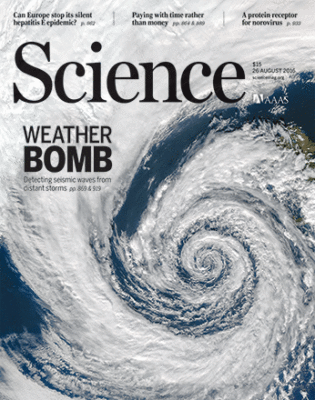United Nations report urges expanding World Heritage sites to high seas
(2016)
This article in Science Magazine highlights Living Oceans Foundation sponsored campaign with UNESCO to expand its World Heritage sites to include the high seas.
United Nations report urges expanding World Heritage sites to high seas
Science Magazine
August 4, 2016
By Ben Panko
A United Nations group is urging the world’s governments to expand a longstanding—but largely symbolic—conservation strategy to international waters. To make sure that important high seas ecosystems get the attention they deserve, governments should establish ways to designate World Heritage sites in the two-thirds of the world’s seas that sit outside of national borders, argues a new report from the United Nations Educational, Scientific and Cultural Organization (UNESCO).
“Just as on land, the deepest and most remote ocean harbours globally unique places that deserve recognition,” World Heritage Centre Director Mechtild Rössler wrote in an introduction to the report, published yesterday.
The 1972 World Heritage Convention, which has been ratified by nearly 200 nations, allows nations to nominate places that have special cultural or physical significance to a list of World Heritage Sites maintained by UNESCO. The list currently includes more than 1000 sites, including famous structures such as India’s Taj Mahal and natural areas such as the Serengeti National Park in Tanzania. Protecting the sites is largely left up to national governments, although a listing does add some protections under international law.
UNESCO currently lists 47 marine areas as World Heritage sites, including Ecuador’s Galápagos Islands and Australia’s Great Barrier Reef. Those who wrote the 1972 agreement, however, didn’t establish a clear way to designate sites that are not within national boundaries. But “it is difficult to imagine that the founders’ far-sighted vision of World Heritage protection envisaged a future world where we intentionally or accidentally ended up excluding half the surface of the earth—the open ocean,” Rössler writes…